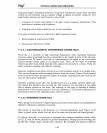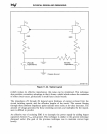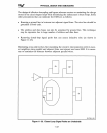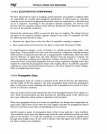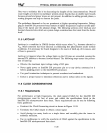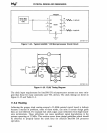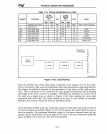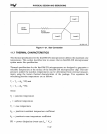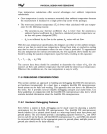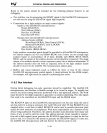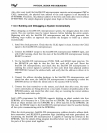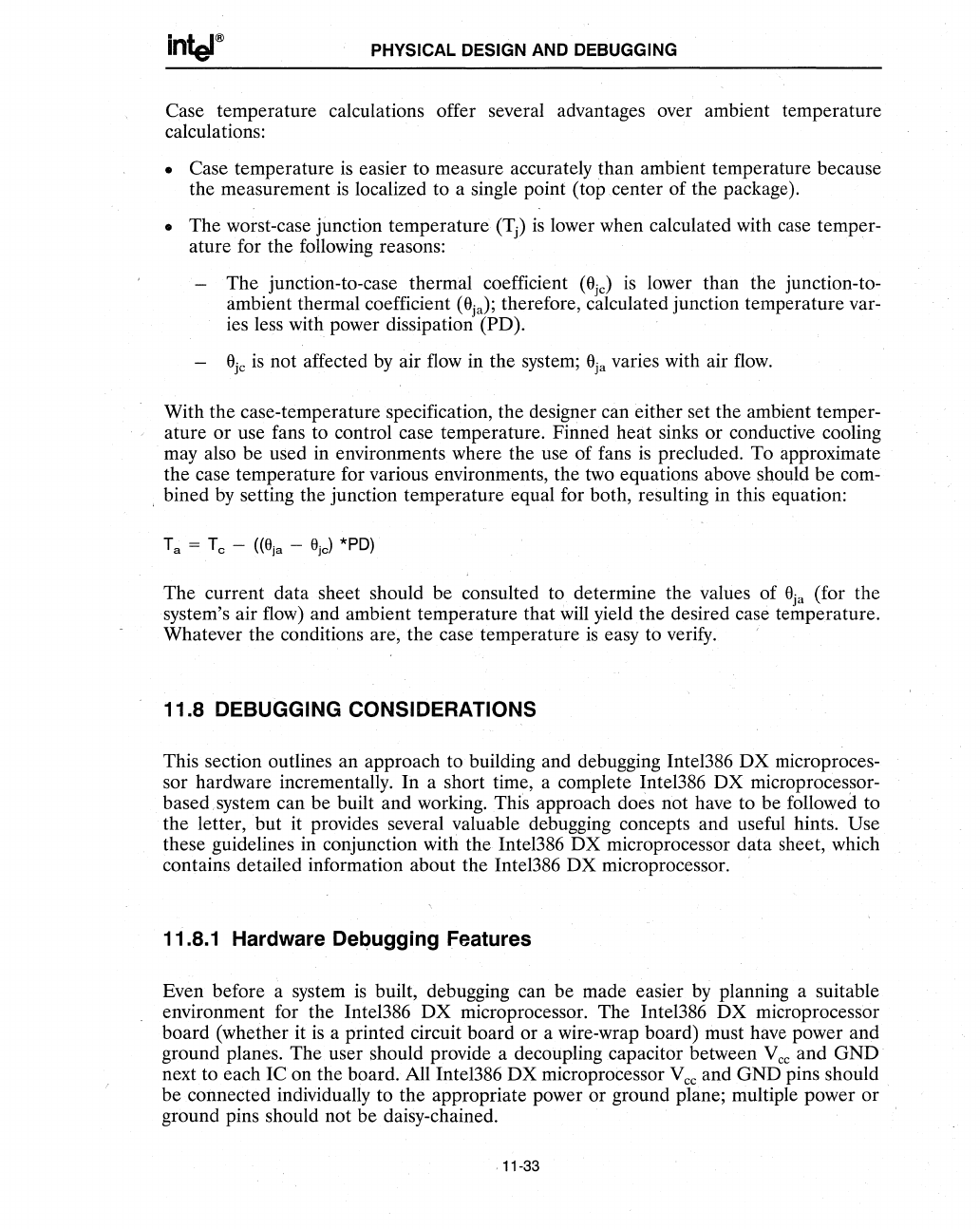
PHYSICAL DESIGN AND DEBUGGING
Case temperature calculations offer several advantages over ambient temperature
calculations:
• Case temperature
is
easier to measure accurately than ambient temperature because
the measurement
is
localized to a single point (top .center of the package).
• The worst-case junction temperature (T
j
)
is
lower when calculated with case temper-
ature for the following reasons:
The junction-to-case thermal coefficient
(Sjc)
is
lower than the junction-to-
ambient thermal coefficient
(Sja); therefore, calculated junction temperature var-
ies less with power dissipation
(PD).
Sjc
is
not affected
by
air
flow
in the system;
Sja
varies with air
flow.
With the case-temperature specification, the designer can either set the ambient temper-
ature or use fans to control case temperature. Finned heat sinks or conductive cooling
may also be used in environments where the use of fans
is
precluded. To approximate
the case temperature for various environments, the two equations above should be com-
, bined by setting the junction temperature equal for both, resulting in this equation:
The current data sheet should be consulted
to
determine the values of
Sja
(for the
system's air flow) and ambient temperature that
will
yield the desired case temperature.
Whatever the conditions are, the case temperature
is
easy to verify. '
11.8 DEBUGGING CONSIDERATIONS
This section outlines an approach to building and debugging Inte1386 DX microproces-
sor hardware incrementally.
In
a short time, a complete Intel386 DX microprocessor-
based ,system can be built and working. This approach
does not have to be followed to
the letter, but it provides several valuable debugging concepts and useful hints.
Use
these guidelines in conjunction witli the Intel386 DX microprocessor data sheet, which
contains detailed information about the Intel386 DX microprocessor.
.
11.8.1 Hardware Debugging Features
Even before a system
is
built, debugging can be made easier
by
planning a suitable
environment for the Inte1386 DX microprocessor. The Intel386 DX microprocessor
board (whether it
is
a printed circuit board or a wire-wrap board) must have power and
ground planes. The user should provide a decoupling capacitor between
Vec
and GND
next to each
Ie
on the board. All Inte1386 DX microprocessor
Vcc
and GND pins should
be connected individually to the appropriate power or ground plane; multiple power or
ground pins should not be daisy-chained .
. 11-33



